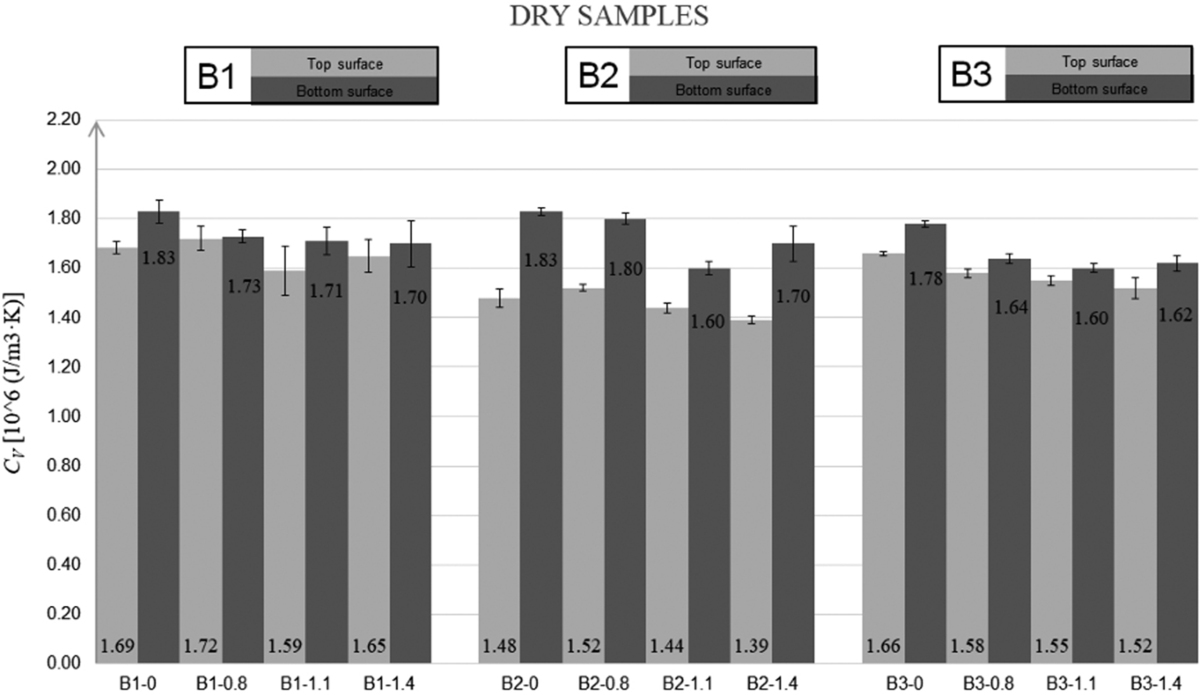The influence of measurement conditions on the determined values of thermal parameters of different types of concrete
1
Department of Building Physics and Building Materials, Faculty of Civil and Environmental Engineering, West Pomeranian University of Technology Szczecin, Poland
Submission date: 2023-09-14
Acceptance date: 2023-09-28
Publication date: 2024-06-19
Corresponding author
Halina Garbalińska
Department of Building Physics and Building Materials, Faculty of Civil and Environmental Engineering, West Pomeranian University of Technology Szczecin, al. Piastów 50a, 70-311, Szczecin, Poland
Department of Building Physics and Building Materials, Faculty of Civil and Environmental Engineering, West Pomeranian University of Technology Szczecin, al. Piastów 50a, 70-311, Szczecin, Poland
Archives of Civil Engineering 2024;70(2):493-511
KEYWORDS
concretemoisture contentthermal conductivitythermal diffusivitytype of surfacevolumetric specific heat
TOPICS
ABSTRACT
In recent years, great emphasis has been placed on the introduction of energy-saving solutions to the construction sector. Building envelopes made of concrete with a specially selected composition give great opportunities in this regard. As part of a wide-ranging experiment, the authors undertook to diagnose how much thermal conductivity, volumetric specific heat and thermal diffusivity can be improved with an aerating admixture and different types of aggregates. Three groups of composites were tested: B1 – on stone aggregate, B2 – on expanded clay aggregate, B3 – on sintered fly ash aggregate. Each of the groups was divided into 4 formulations made without an aerating admixture and with its increasingly higher content of 0.8, 1.1, 1.4% in relation to the weight of cement. The thermal parameters were measured on the top (T) and bottom (B) surfaces of 36 rectangular samples (3 samples from each of the 12 mixtures) with the ISOMET 2104 apparatus. Diagnostic tests concerning the influence of measurement conditions were carried out on dry and water-saturated samples. It has been proven that for each composite and in both conditions, the values of thermal parameters determined on the lower surfaces will not correctly describe the properties of the real structure present in the main volume of the element. Only measurements carried out on surfaces with a structure corresponding to the interior of the element provide adequate data that can be used in decision-making processes and in numerical simulations to assess the real thermal qualities of building envelopes.
Share
RELATED ARTICLE
We process personal data collected when visiting the website. The function of obtaining information about users and their behavior is carried out by voluntarily entered information in forms and saving cookies in end devices. Data, including cookies, are used to provide services, improve the user experience and to analyze the traffic in accordance with the Privacy policy. Data are also collected and processed by Google Analytics tool (more).
You can change cookies settings in your browser. Restricted use of cookies in the browser configuration may affect some functionalities of the website.
You can change cookies settings in your browser. Restricted use of cookies in the browser configuration may affect some functionalities of the website.




